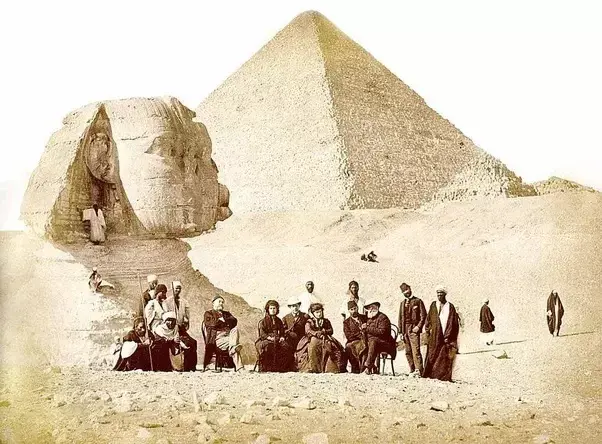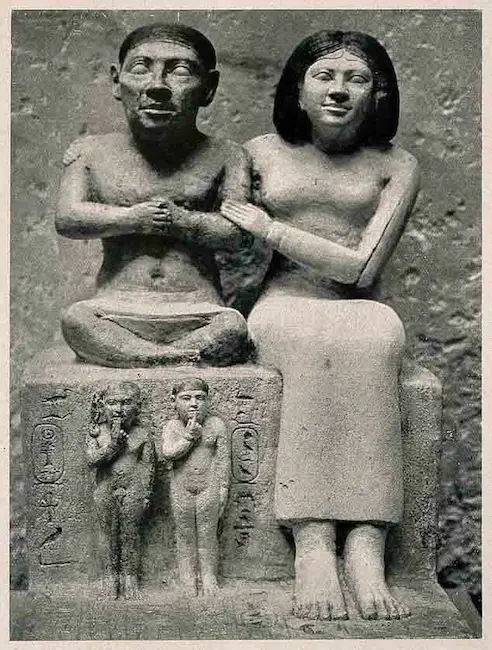Dive into the intriguing world of Egyptian layer pyramids, where history and mystery intertwine in a captivating narrative that has fascinated historians, archaeologists, and enthusiasts alike.

When we think of Egyptian pyramids, the iconic image of the Great Pyramid of Giza often dominates our imagination. However, there’s a lesser-known but equally fascinating aspect of ancient Egyptian architecture – the layer pyramids, also known as step pyramids or mastaba pyramids.

Unlike the smooth-sided pyramids we typically associate with Egypt, layer pyramids feature a terraced, stepped design, resembling stacked layers. These structures pose a tantalizing puzzle for researchers, as their exact purpose and significance remain a subject of debate.
The evolution of layer pyramids traces back to the earlier mastabas – rectangular tombs with flat roofs. Over time, these mastabas were stacked on top of each other, forming the distinct stepped layers of the pyramids. This architectural transformation hints at a shifting perception of the afterlife and the importance of the structures housing the deceased.


Saqqara, an ancient necropolis near Cairo, is home to some of the most famous layer pyramids. The Step Pyramid of Djoser, designed by the legendary architect Imhotep, stands as a remarkable example of these structures. Its six stepped layers rise imposingly, showcasing the advanced engineering skills of ancient Egyptians.
Despite their prominence, the true purpose of layer pyramids remains a mystery. While some experts argue that they were simply tombs, others propose more intricate theories, suggesting they may have served as cosmic devices or symbols of spiritual ascent. The symbolic significance of ascending layers could represent the soul’s journey to higher realms, although concrete evidence is scarce.



One of the challenges in studying layer pyramids lies in their erosion over time. Many of these structures have weathered, leaving fragmented remains that challenge historians to reconstruct their original form and decipher the stories they once held. Modern technologies like scanning and 3D modeling have been invaluable in this endeavor, offering virtual reconstructions and insights into the ancient world.
The layer pyramids of Egypt embody a fascinating blend of architecture, culture, and spirituality. Their enigmatic nature invites us to delve deeper into the past, questioning and exploring the mysteries they hold. As researchers continue their quest for understanding, each layer uncovered brings us closer to unraveling the secrets of Egypt’s enduring enigma.
FAQs:
- How many layer pyramids are there in Egypt?
There are several layer pyramids scattered across Egypt, with Saqqara being a prominent site featuring structures like the Step Pyramid of Djoser. - How do layer pyramids differ from traditional pyramids?
Layer pyramids have a stepped, terraced design with stacked layers, whereas traditional pyramids have smooth, sloping sides. - What was the purpose of layer pyramids?
The purpose of layer pyramids is debated among experts. While they were tombs for the deceased, some theories suggest they held deeper symbolic or cosmic significance. - How do modern technologies contribute to understanding layer pyramids?
Modern technologies like scanning and 3D modeling allow researchers to digitally reconstruct and study layer pyramids, revealing insights into their original form and potential purposes. - What challenges do historians face in studying layer pyramids?
The erosion and deterioration of many layer pyramids pose challenges in deciphering their original structure and purpose, requiring careful analysis and technological assistance.

